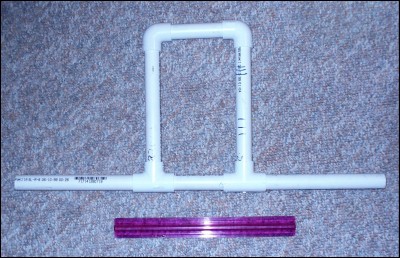Nothing can travel faster than light… except for sound. This is the claim of some US physicists, who say they have designed an unusual waveguide to make sound move at “superluminal” speeds (Appl. Phys. Lett. 90 014102).

Sound often comprises numerous superimposed waves of various wavelengths. At certain points, these constituent waves can all combine constructively to produce a pulse, which moves through the medium at a velocity known as the “group velocity”.
In a normal dispersive medium, the velocity of a wave is proportional to its wavelength, resulting in a group velocity that is slower than the average velocity of its constituent waves. But in an “anomalously” dispersive medium — one that becomes highly absorbing or attenuating at certain frequencies — velocity is inversely proportional to wavelength, meaning that the group velocity can become much faster.
Indeed, the group velocity of light has already been shown to travel faster than the speed of light in a vacuum. But until now, superluminal acoustic waves have existed only in theory, and would require the group velocity to increase almost a million times over.
William Robertson and colleagues from Middle Tennessee State University in the US have managed to produce “faster than light” sound, however, by putting a sound pulse through a surprisingly simple waveguide. Inside, a loop filter splits the signal along two unequal length paths, and then recombines it to produce large amounts of anomalous dispersion. As they interfere with each other, they replicate the shape of the original pulse, only farther ahead. This gives the impression that the sound has travelled farther, and thus faster, in the same space of time.
Robertson says that such split-path interference can also occur naturally when a sound source is located near a hard wall: some of the sound reaches the listener directly, and some reaches the listener from a slightly longer path as it bounces off the wall. Therefore, he says, superluminal sound is an “everyday” occurrence, although it is mostly too subtle to notice.
Proponents of Einstein’s special relativity need not worry, though. The underlying waves that make up the pulse remain at subluminal velocities, so no information, matter or energy actually travels faster than light. (See related link: “Subluminal”.)
“The effect is the same as that observed in previous electrical or optical experiments,” Robertson told Physics Web. “The only somewhat startling difference is that the acoustic waves making up the pulse move so much more slowly than light.”



